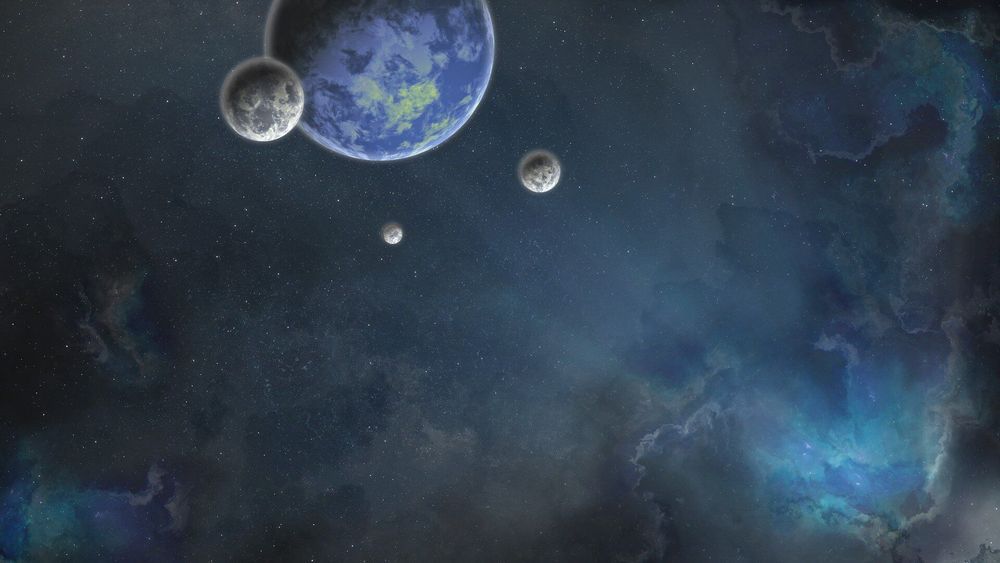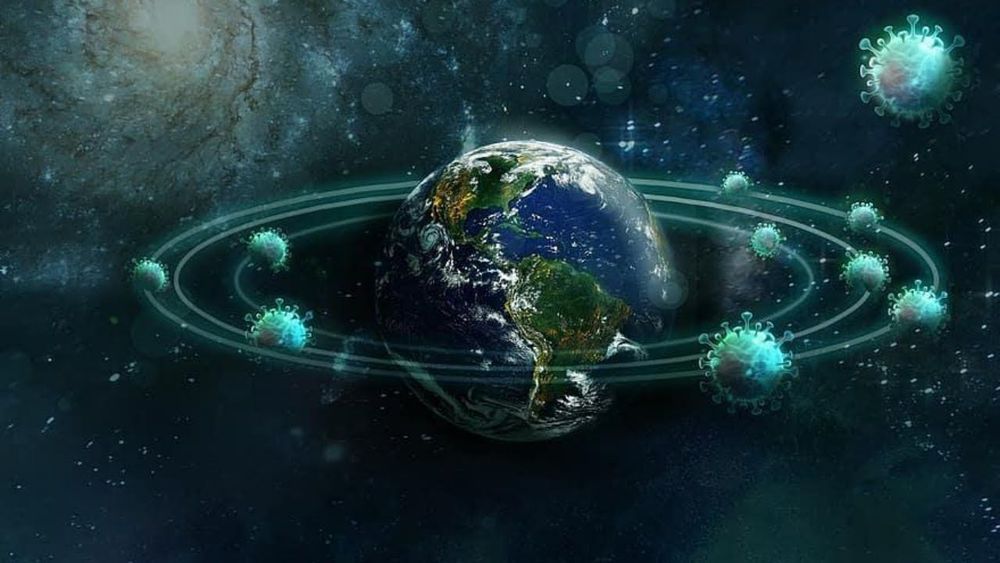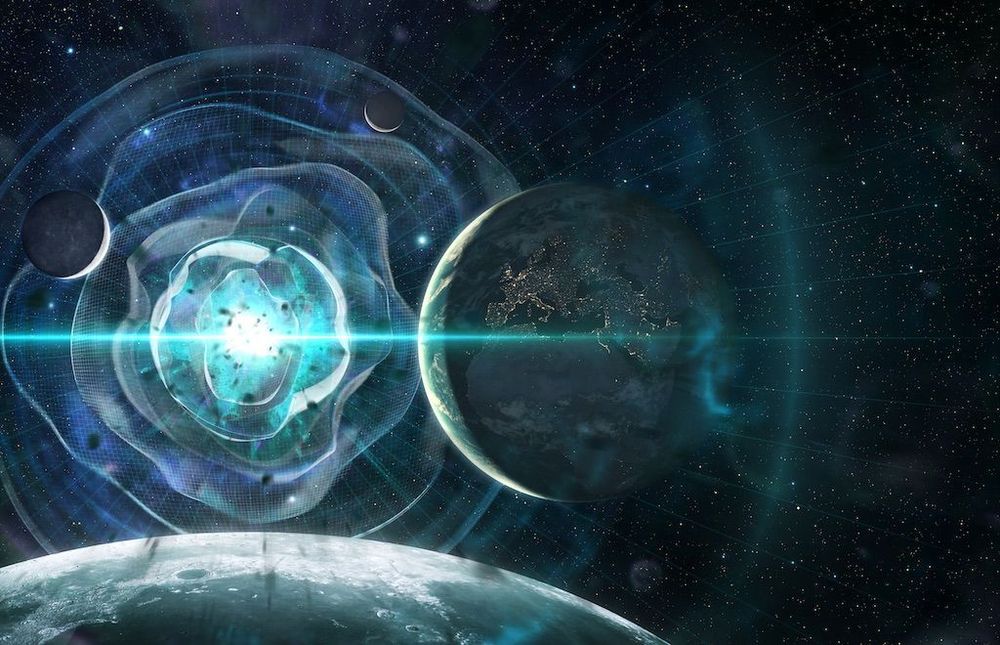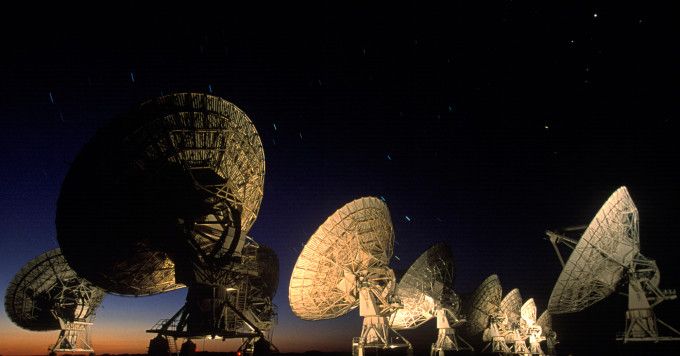Oumuamua is an interstellar object that reached the solar system two years back. It showed unusual acceleration in its course across space, which led scientists to believe it could be a probe from another planet or even extraterrestrials. What it is.
Why it’s important
Oumuamua, from the very first day of its discovery, literally perplexed scientists, as it showed an unusual acceleration in its course across space. Now, in a new study report published in The Astrophysical Journal Letters, Loeb and Thiem Hoang, an astrophysicist at the Korea Astronomy and Space Science Institute, has claimed that the hydrogen hypothesis will not work in the real world, which means there could be still a scope that advanced aliens from deep space might have visited the solar system.
It was around two years back that space scientists discovered Oumuamua, an interstellar object that reached the solar system. Oumuamua, from the very first day of its discovery, literally perplexed scientists, as it showed an unusual acceleration in its course across space. After observing this unusual acceleration, Avi Loeb, of the Harvard University suggested that Oumuamua could be an alien probe.
Oumuamua Mystery Continues
However, most of the other space scientists dismissed the claims made by Loeb, and they made it clear that Oumuamua’s acceleration might be likely due to a natural process. In a study report published in June, researchers noted that solid hydrogen was blasting invisibly off Oumuamua’s surface, and this phenomenon could be causing the unexpected acceleration.









